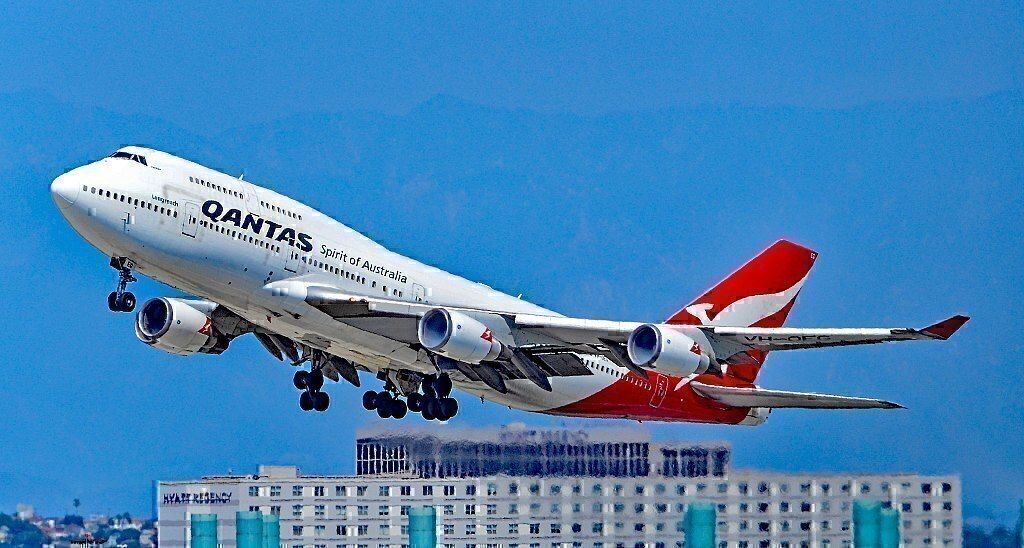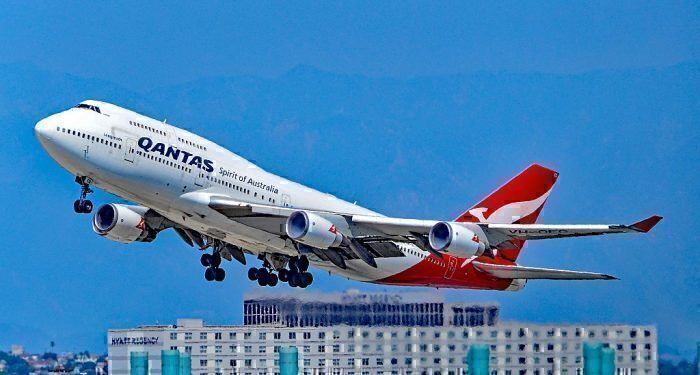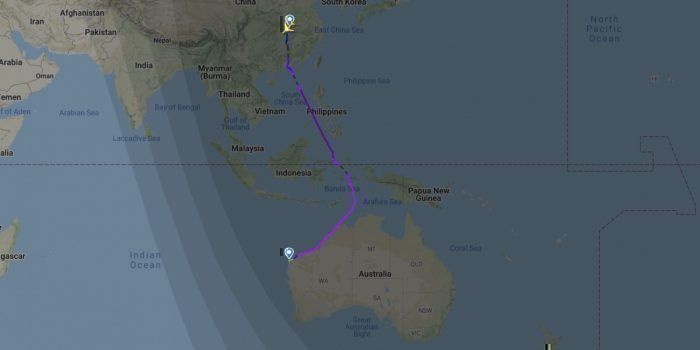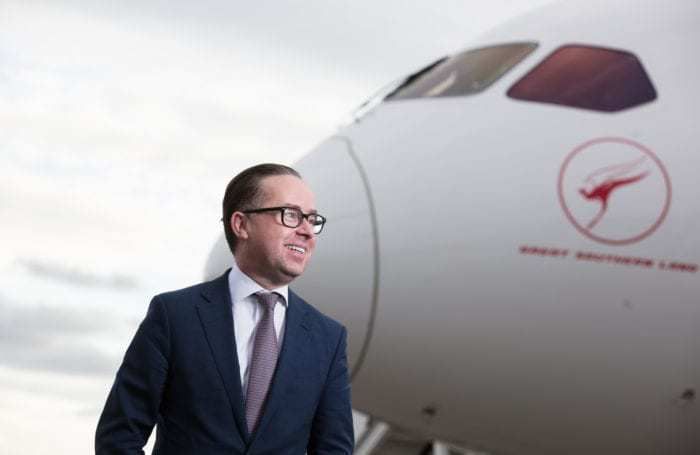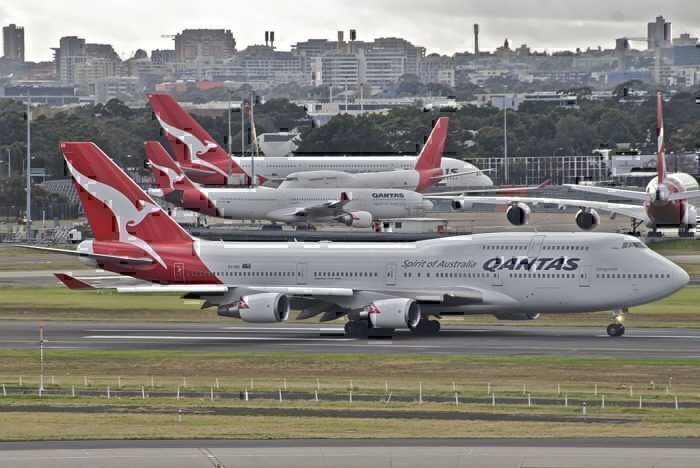Qantas has completed its first evacuation flight from Wuhan. The flight, operated on behalf of the Australian Government, touched down at the RAAF Learmonth base at approximately 08:00 this morning UTC.
Onboard were some 270 passengers, crew, and health officials. 89 of the passengers were children under 16 years of age. The aircraft (VH-OEE) is now heading for Sydney and a deep clean while the evacuees are destined for 14 days quarantine at the Christmas Island detention center aboard smaller aircraft.
The detention center currently houses four detainees, a family of four refugees from Sri Lanka that includes two children under five.
Passengers transferring to smaller aircraft at RAAF base
Learmonth is approximately 1,200 kilometers up the Western Australia coast from Perth. The small town is home to a joint civil airport and RAAF base (one of three isolated barebones air bases maintained by skeleton staff). Learmonth also has a 3,047-meter concrete runway that can handle a full Qantas Boeing 747-400.
Learmonth Airport last hit the news when a Qantas A330-300 made an emergency landing there in 2008 following a series of sudden pitch-down maneuvers.
From Learmonth, it is nearly 1,600 kilometers north-west across the Indian Ocean to Christmas Island. The island’s airport has a single asphalt runway that is 2,103 meters long.
Flight tracking software indicates that at the time of writing, no aircraft have departed Learmonth for Christmas Island. ABC News reports that passengers will be assessed by health officials before transferring to Christmas Island. This is expected to take a while.
Qantas says the flight was safer than eating out
Qantas CEO Alan Joyce was asked about the charter flight from Wuhan on ABC Radio National Breakfast this morning. The flight was originally scheduled to depart from Wuhan at 15:00 UTC yesterday but the aircraft didn’t push back until approximately 21:00. Mr Joyce said;
“We planned into the operation that we have a lot of time. We have four pilots and three captains on-board, so we’ve given ourselves a lot of flexibility and of course, it’s pretty complex.
"The Wuhan airport had been closed for a while so we expected that it may take longer on the ground and we had planned for that. So, we had plenty of time for crew, plenty of time for the operation to operate.”
When questioned about risks to crew and passengers if an infected passenger was accidentally taken on-board, Mr Joyce said;
“So, some of the protections, for example, are that the crew remain on the upper deck of the aircraft, they’re there for safety requirements, i.e. manning doors on departure. All the passengers and crew have been given masks and hand sanitisers and crew have gloves.
"The aircraft have these medical-grade filters on them that actually eliminate 99% of particles, including viruses. An A380, for example, has 20 of these filters. It’s a lot safer and a lot cleaner than being in a restaurant or office and the air is re-circulated, new air is put in every five minutes into the cabin.”
My Joyce praised his crew who he said all volunteered to do the flight, keen to help their fellow Australians, particularly so because of the high number of children needing to get out of Wuhan.
Impact of coronavirus on Qantas
When asked what impact the coronavirus outbreak was having on Qantas, Mr Joyce said flights to China made up less about 2% of overall international operations. He went on to say that across the Qantas portfolio, its international operations contributed less to overall profits than either Qantas domestic, loyalty or Jetstar operations. Mr Joyce said;
“In its own right, it’s not significant, however the knock-on effects with people, to the tourism industry, to the economy, is something that we’ll have to monitor. That could have an impact on us. SARS is the only benchmark that I can give you, which is 2003 and I know there are differences but that cost us $55 million that year to our bottom-line.”
But the Qantas boss was bullish about his airline’s prospects of getting through the coronavirus outbreak relatively unscathed. He cited Qantas’ healthy balance sheet, cash flows, profitability and a diverse portfolio as buffers against economic shocks like the coronavirus outbreak.
When asked whether he thought all airlines would pull through this, Mr Joyce was less sure. He suggested struggling airlines in the Asian region and elsewhere could end up closing down as a result of the outbreak.
Meanwhile, it has been announced today that a second Qantas flight, at a time and date yet to confirmed, will head up to Wuhan to pull out more Australian citizens. With room for 2724 detainees, the Christmas Island Detention Center has space for plenty more evacuees.

